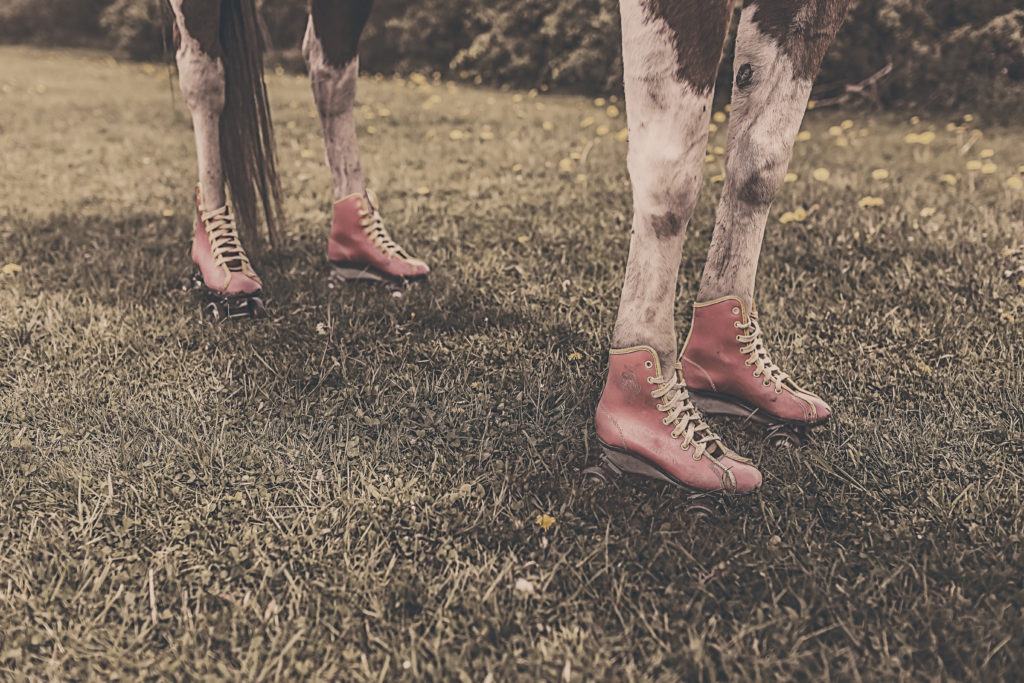Varicose veins are a common problem, but its symptoms may be difficult to spot if you don’t know what to look for. Here are three signs that tell you it’s time to seek treatment for your varicose veins:
1. It’s painful
Varicose veins may start out as simply an eyesore, but in some cases, it can become painful to live with. Mayo Clinic noted that you may experience achy or heavy feelings in your legs, as well as swelling, muscle cramps, burning or throbbing. If you have any of these symptoms, it could be a product of your varicose veins, and a sign that it’s time to consult a doctor. However, many people that sit or stand for long hours each day may simply think these issues are part of their normal routine. Worsened or prolonged pain from these activities are also identifiers of varicose vein problems.
2. Skin changes
Any changes to your skin color or texture are signals that you require medical attention. Drying, thinning and scaling of the skin can occur as a direct result of varicose veins. You may also see discolored skin underneath your toenails as well as redness around the vein. These issues happen because veins lose elasticity and stretch over time, causing valves to become weak. Blood that should be moving toward the heart, flows backward, and pools in the veins, developing into enlarged varicose veins. Discoloration, such as blue veins, are often apparent as a result.

Hopefully your legs don’t look like this!
3. There’s a history
Your family’s medical history is a major indicator of your own risk for varicose veins and clot-related conditions. Healthy Women Community noted that people who have a genetic predisposition often end up with varicose veins, and the condition can become worse over time. It’s important to handle these situations with care because if you also have a blood-clot-related condition, you’re at a higher risk for stroke and pulmonary embolisms. Talk with your doctor about your family history and your own chances for developing these conditions.
Varicose veins aren’t just an eyesore, they can become dangerous if not treated. If you see any of these three signs, it’s time to seek advice on your varicose veins. To find out more about varicose veins and available treatments, check out veincc.com!
Lauren Pirc
Appearance means a lot in the world today. We dress to impress for work, interviews and first dates, put on makeup and ensure our hair is just right. The human race has a long history of working toward and maintaining an ideal appearance, but there is new technology that is able to improve our looks more than ever, especially in the case of varicose veins. Varicose veins are likely to affect 33 percent of the population, according to the National Clinical Guideline Centre, and this affliction has already been around for longer than you might expect. Let’s take a look at the history of varicose veins and treatments used to quell them:
![legs-window-car-dirt-road-51397[1]](http://www.veincc.com/content/uploads/2016/06/legs-window-car-dirt-road-513971-1024x687.jpg)
A brief overview
Although we think of varicose veins as more of a modern day problem, this condition has actually been noticed as early as 1550 B.C. According to Angiologist.com, the Ebers papyrus of Ancient Egypt mentioned varicose veins, ultimately recommending not to treat them. Flash forward to the days of Hippocrates – 460 B.C. to 370 B.C. – when varicose veins were recognized for creating venous ulcers. This was also the time period when Hippocrates developed the compression therapy method of treating this ailment, an approach which is still in use today.
Evolution of vein treatments
Since varicose veins go all the way back to ancient times, the processes used for treatment serve as lessons for how caring for this condition has evolve. Part of the reason why the Ebers papyrus discouraged treatment is because patients would die from hemorrhaging after the incisions were made. During the Hippocrates era, compression from multiple punctures was performed successfully, beginning the modern processes of vein treatment.
According to a report abstract from Elsevier, varicose vein treatments are now one of the most common elective general surgical procedures. There are a number of options that have emerged over time including:
• Phlebectomy – This process is performed on varicose veins on the surface of the leg. It’s a minimally invasive procedure that removes the vein with a small scalpel or needle. There’s rarely any pain involved and no stitches are required. You’ll be ready to go within 24 hours.
• Vein ablation – Endovenous thermal ablation is another minimally invasive treatment that entails less pain and quicker recovery time. This method involves inserting a catheter into your leg, which delivers small amounts of medical adhesive to close varicose veins and redirect blood flow to healthy veins. After treatment, the catheter is removed.
• Foam sclerotherapy – A standard sclerosant is mixed with air or carbon dioxide to create a foam, which Is injected into the varicose vein. This method is particularly useful for larger veins. The foam damages the vein’s lining and causing blood clotting. Your body will eventually destroy the vein on its own.
• Endovenous laser therapy – As its name implies, this method uses lasers to directly target the issue. A thin fiber is inserted in the skin of the leg. As the fiber is pulled back through the vein, laser light is emitted, causing the vein to seal shut. This method is often used for superficial veins, allowing healthy veins to automatically reroute blood flow.
Vein care has obviously come a long way from the days of Ancient Egypt, and there are more options than ever for those that want to treat their varicose veins with as little pain and turnaround time as possible. To find out more about your treatment options, contact Heart Care Centers of Illinois Vein Care at (866)450-5347 or fill out our contact sheet!
Lauren Pirc


![legs-window-car-dirt-road-51397[1]](http://www.veincc.com/content/uploads/2016/06/legs-window-car-dirt-road-513971-1024x687.jpg)